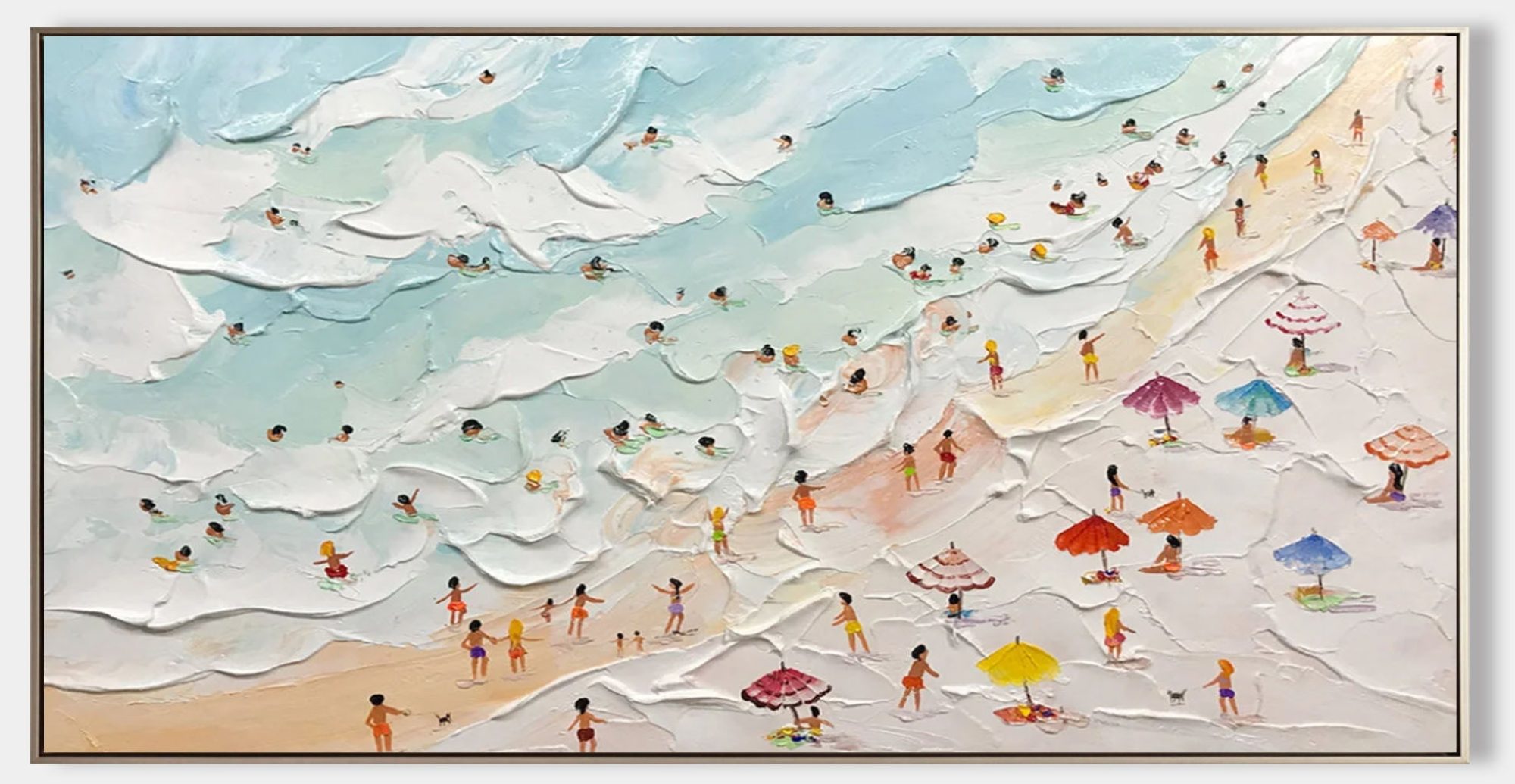Forget the Rules (Well, Most of Them)
Abstract art isn’t about following strict rules. In fact, it’s often about breaking them! Let go of the idea that a painting must “look like something.” Focus instead on the feeling and rhythm of your brushstrokes.
Start with Movement
Before you even dip into color, start moving. Make sweeping gestures in the air or rough sketches with charcoal. This warms up your muscles and gets you out of “thinking” mode and into “feeling” mode.
Layering: The Secret Weapon
Abstract paintings usually aren’t built in one go. Try layering different colors and textures over time. Allow each layer to dry partially before adding the next. This creates visual richness that a flat painting just can’t match.
The Beauty of Imperfection
Mistakes? In abstract art, they’re treasures. That random splatter or uneven stroke adds authenticity. Abstract painting rewards bravery over precision every single time.
Trust Your Eye
Step back often and look at your work from a distance. Does your eye move easily across the canvas? Are there areas where you naturally linger? Use those observations to adjust, highlight, or balance your piece.
Reference Reading
“A Beginner’s Guide to Understanding Abstract Oil Painting: Feel It Before You Paint It“
